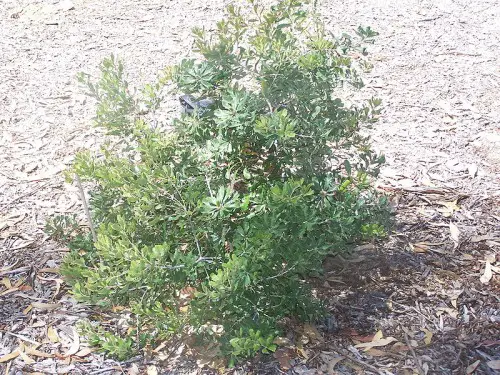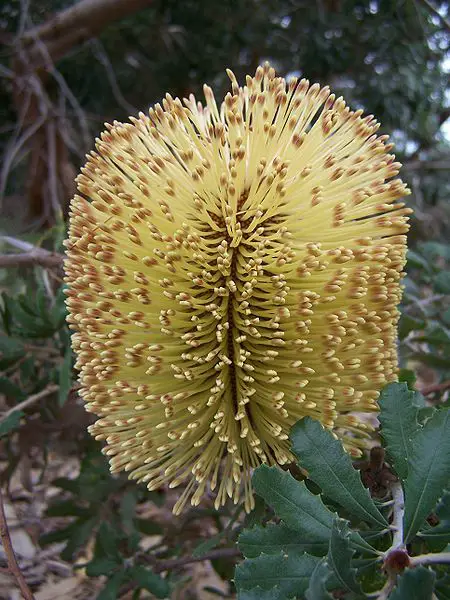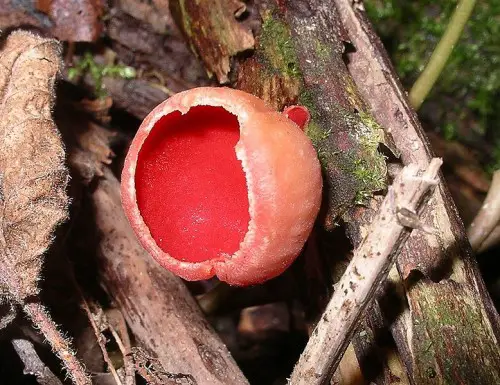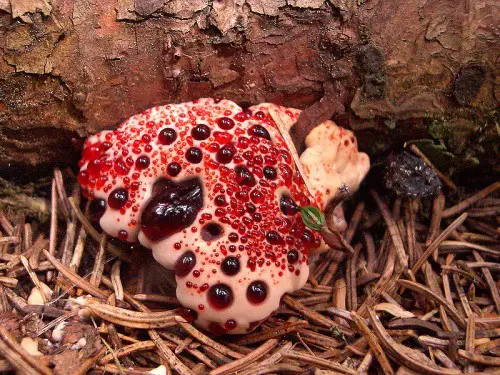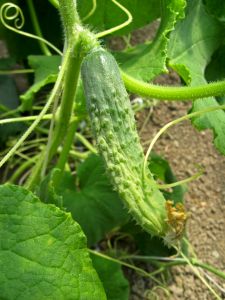Banksia epica
The Banksia epica is a shrub that grows along the south coast of Western Australia. It is thought to have been first seen by Edward John Eyre in 1841, however this species was not collected until 1973. Even then, this was only recognised as a distinctive species in 1988. Since then, very little research has been conducted on this species so not much is known about this plant. However, what we do know is that it is related to the Southern Plains Banksia which is well-known and is widely cultivated.
This shrub has only 2 isolated populations in remote areas south east of Western Australia. It is near the western edge of the Great Australian Bight. Both populations are coastal heathlands that are on cliff-top dunes of siliceous sand. The main population is 30 km west of Point Culver, where there were 200 plants when the area was surveyed in 1989. A smaller population is just 70 km away east of Toolinna Cove, which was last surveyed in 1991. At that time, there were 350 plants. It co-occurs with the Southern Plains Banksia in both locations. The areas they grow in are actually unusual topographic formations as the soil in the area are mostly calcareous. As they are not tolerant of calcerous soil, they do not have long range seed dispersals. Therefore, there is speculation that these two species have only diverged for a short time, most likely during the Last Glacial Maximum which occurred 20,000 years ago.
The Banksia epica is a bushy long shrub that has many branches. It ranges from 30 cm to 3.5 metres tall. Its bark is grey and fissured. Its leaves are dark green and wedge-shaped. Its inflorescences are made up of hundreds of yellow or creamy-yellow flowers. Its woody cones will have up to 50 purple follicles and old and withered flowers will actually still stay on the cone, giving this plant a hairy appearance.
The difference between the Banksia epica and the Southern Plains Banksia is that one has shorter leaves and larger flowers than the other. In addition, the old flowers that still persist on the cones after they are withered are curled and point upwards, while the Southern Plains Banksias’ old and withered flowers are straight and point down.
This species is quite new to cultivation. Kevin Collins of the Banksia Farm in the southern coastal town of Albany. Collins can see cultivation growing in sandy gravel or loamy clay. It has also shown success in growing in sandy and alkaline soil near Kwinana and Mandurah.
